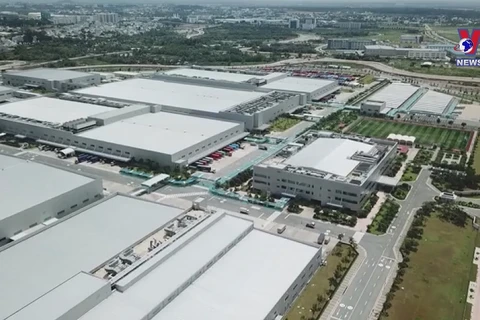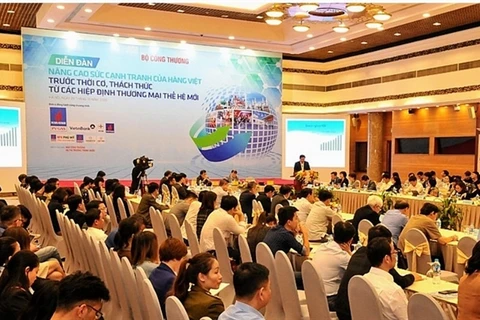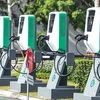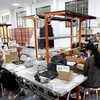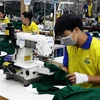Hanoi (VNS/VNA) - Vietnam's GDP may achieve a growth rate of 6 percent or greater in 2021, according to economists and industry experts.
Duong Manh Hung, a senior analyst from the General Statistic Office of Vietnam, said the economy has seen strong bounce-back (2.62 percent growth) since the third quarter of 2020, after a record-low second quarter (0.39 percent growth).
"The country's success in containing the pandemic set the tempo for all economic sectors to restart activities in a new normal. For example, the country's industrial sector recorded growth of 2.3 percent in August, 3.5 percent in September and 3.6 percent in October," he said.
Businesses are reopening their doors with over 5,000 businesses resuming operations in October, a sharp rise of nearly 20 percent compared to September. In addition, more than 12,200 new businesses were registered in October. Hùng said his office is confident the country's GDP growth will hit 2 percent this year and 6 percent or greater in 2021.
"Of course, it will also depend on how major world economies fare, especially those with strong trade ties with Vietnam including the US, the EU, Japan and the Republic of Korea. It's possible that we will only see rapid growth again in 2022 or 2023," he said.
Economist Vo Tri Thanh, a member of the Prime Minister’s Economic Advisory Group, was cautiously optimistic about Vietnam's economic recovery.
Thanh said while a 6 percent GDP growth is feasible a full recovery will take time. Also, aside from the pandemic, the rise of nationalism and protectionism elsewhere around the world may negatively affect Vietnam's economic growth.
Prof. Vu Sy Cuong, a finance expert from the Hanoi-based Academy of Finance, however, believed 2021's GDP will likely surpass the forecasted 6 percent.
"Since the beginning of October, Vietnam's central region has been repeatedly hit by typhoons and flashfloods. The situation was so difficult and most economic activities were shut down and many of the region's infrastructures must be rebuilt. It's increasingly likely we will be looking at a much lower GDP growth this year and therefore, GDP growth in 2021 - which is based on 2020's GDP - may well surpass 6 percent," he said.
Economists and industry experts urged the Government to put control of the pandemic above economic recovery, saying the only way for Vietnam to recover economically is to maintain tight control of the pandemic.
In addition, they said the pandemic presented Vietnam with an opportunity to adjust its vision of economic growth and adapt to meet the challenges raised by climate change, trade wars and protectionism.
Thanh said in a way the pandemic allowed the country to build an economic model for the future, one that is not entirely focused on maintaining growth, less dependent on just a handful of traditional economic partners and more energy-efficient./.
VNA

